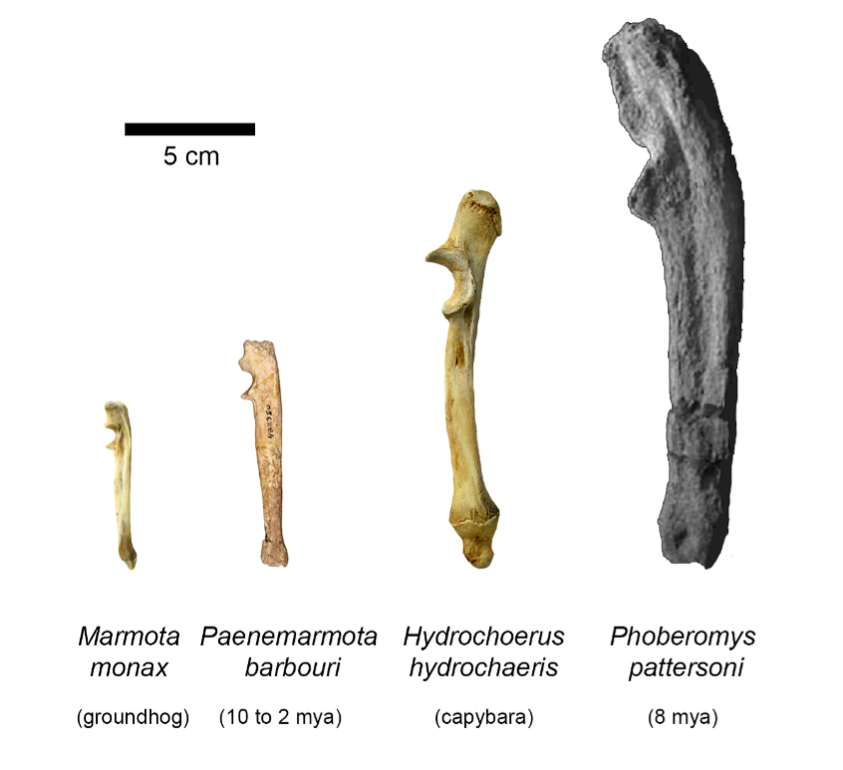by Lisa Miriello
Despite the common name of the star-nosed mole (Condylura cristata), the 22 fleshy appendages at the end of its snout act more like an eye than a nose. These unique tentacles, or rays, are covered with more than 25,000 Eimer’s organs that hold over 100,000 nerve fibers (more than five times the number in the human hand) and are the most sensitive touch organs of any known mammal.
Given the mole’s poorly developed eyesight, the rays are far more useful for finding prey.
They are constantly moving and touching to identify what’s good to eat and what isn’t. Sensitive whiskers on the head and front feet also act as “feelers,” whether looking for food or navigating their way through dark underground tunnels.

Found throughout much of eastern North America in low elevation areas with moist soils, star-nosed moles are one of three mole species found in Pennsylvania. Their preferred habitat consists of wetlands near streams, lakes, and swamps. The soft moist soil makes it easier to construct tunnels and underground chambers, and the mole’s short neck, powerful shoulders, and heavy claws make them efficient diggers. Shallow tunnels, often temporary, are used for traveling and foraging, while deeper, more permanent tunnels are used for resting, nesting, and escaping cold weather. Condylura is relatively safe from predators while underground but vulnerable to birds of prey, weasels, skunks, foxes, and snakes when out of their tunnels.
The star-nosed mole is a voracious eater that consumes 50% or more of its body weight each day. More notably, it holds a Guinness World Record for the fastest eating mammal.
Scientific studies have shown that Condylura can identify and eat prey in less than one-fifth of a second (200 milliseconds). That’s as many as five prey items per second, too fast for the human eye to follow.
Besides the worms, grubs, beetles, and other invertebrates found underground or on the surface, being near water gives them access to another hunting ground where they can find mollusks, aquatic insects, amphibians, and even small fish.

Most moles can swim, but the star-nosed mole is the most aquatic of North American moles.
Their dense waterproof coat and large paddle-like limbs make them well suited for swimming and diving. They’ve evolved to have twice the lung capacity of other moles, and their long tail, almost one-third the length of its body, acts as a rudder. More time is spent foraging in the water than on land, and they’ve been seen swimming under the ice in winter. This remarkable mole can even smell under water by blowing bubbles, then inhaling the same bubbles to capture the scent molecules inside.
Not a great deal is known about the reproductive cycle of star-nosed moles. They’re more social than other moles, living in small colonies, and it’s believed that mating pairs stay together through the winter. Breeding season starts in early spring and the female produces only one litter a year, unless the first litter is unsuccessful. After a 45-day gestation period, two to seven pups are born in May and June. The newborns are blind and hairless with their tentacles folded against their snout. About two weeks later the eyes open and the tentacles unfurl and begin to function. The young develop rapidly and leave the nest after about four weeks, reaching full maturity at 10 months. The exact lifespan of this species is unknown but estimated to be 3-4 years in the wild.

The extraordinary star-nosed mole stands out from other moles in many ways, and is certainly among the most unusual mammals in Pennsylvania. They’re not rare, but they’re not commonly seen even though they spend more time above ground than other moles. They’re active day and night, all year round, so keep your eyes peeled when you’re around water and if you’re lucky you might catch a glimpse of one.
Lisa Miriello is the Scientific Preparator for the Section of Mammals.
Related Content
Getting from the Fern Hollow Bridge to the Frick Family
World Pangolin Day 2023: The Mysterious Brain Bone
Carnegie Museum of Natural History Blog Citation Information
Blog author: Miriello, LisaPublication date: August 31, 2023





















